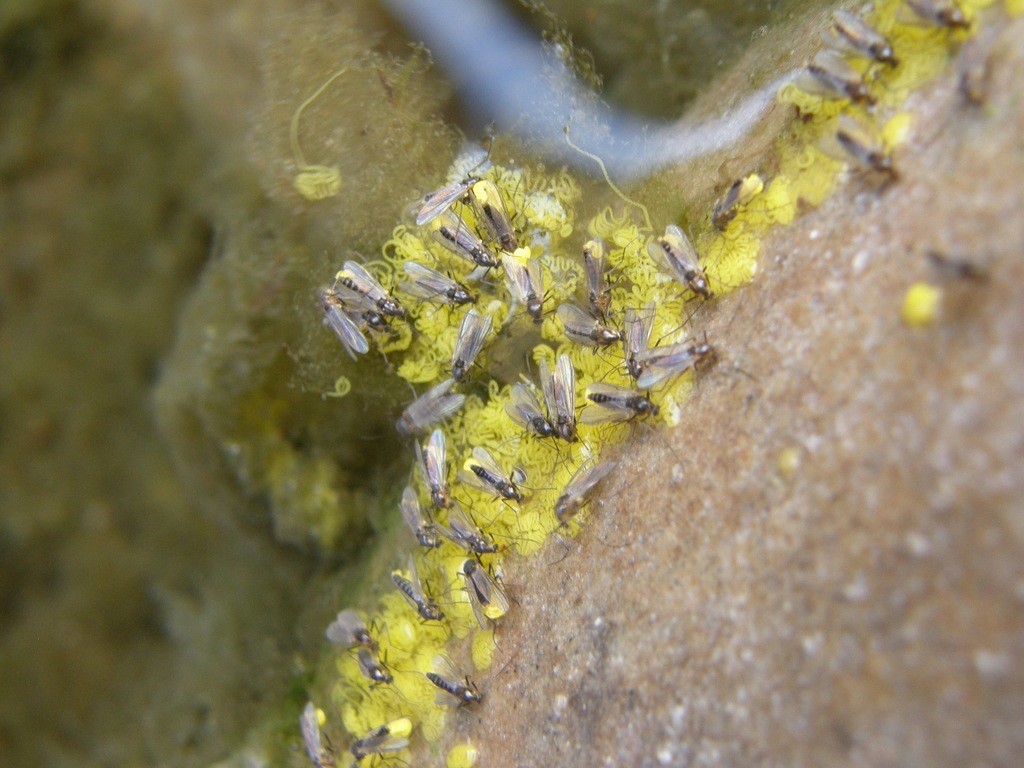
Welcome
Welcome to the official website of the Doñana Biological Station (EBD-CSIC)...

The Doñana Biological Station: EBD-CSIC
The Doñana Biological Station is a public Research Institute belonging to the Spanish Council for Scientific Research CSIC in the area of Natural Resources...

Mission
Our fundamental mission is to carry out multidisciplinary research of the highest standard directed to understanding the way in which biodiversity is generated, maintained and deteriorates, as well as the consequences of its loss...

Our methods
We apply many techniques within a multidisciplinary framework, from molecular genetics to remote sensing, and from modelling to physiological and isotopic analyses...

Monitoring the environment
Monitoring biodiversity at the Doñana Natural Space cover a wide range of communities, including both terrestrial and aquatic organisms...

Aims
Our aims include the study of the ecological and evolutionary processes by combining field work, mathematical and statistical models and physiological and genetic analysis...
 News
News
Combining conventional and technological taxonomic approaches gives more accurate results in identifying species
A scientific team with the participation of the Doñana Biological Station has compared for the first time efficiency of the work of taxonomists versus molecular methods to identify species.
The team has tested the combination of these two methods on non-biting midges, a group of insects, difficult to identify but crucial to monitoring water quality and ecosystems. They have developed a new framework for identifying majority of the species present in a sample by processing mere 10% of the specimens. ?
Currently, the scientific community does not agree on the best method for species identification. There is a trend toward automation thanks to advances in molecular techniques and artificial intelligences, concurring with the decline of classical taxonomists, experts in the identification of the plants and animals. Now, a scientific team has compared the efficiency of trained expert taxonomists versus the efficiency of an automatic molecular technique, DNA barcoding, in this task. In addition, they have developed a methology for identifying the majority of species present in a sample of insects processing mere 10% of the specimens by combining the two approaches. The study has been led by Caroline Chimeno at the Bavarian State Zoological Collection – SNSB in Munich (Germany) and Dr. Viktor Baranov at the Doñana Biological Station – CSIC, with the participation of researchers at the Leibniz Institute of Freshwater Ecology Berlin (IGB-Berlin), the Leibniz Institute for the Analysis of Biodiversity Change (LIB), the RPTU University of Kaiserslautern-Landau and the German Research Foundation (DFG, RTG SystemLink).
To carry out this study, the researchers focused on a highly abundant and particularly diverse taxon, Chironomidae (Diptera), which includes more than 7000 species of small flies. Due to the aquatic life stage of the larvae, the diverse group of insects is frequently used around the world to monitor water quality. Despite their importance, they are notoriously difficult to identify, which is hampering water quality monitoring efforts. Identification of midges and other groups that are requiring a (quite scarce) strong morphological expertise, is crucial for understanding and potentially halting the ongoing insect decline.
The study was carried out at the IGB field sites along a 5 meters wide ditch adjacent to a grassland in the North-Eastern Germany, in which the team detected over 80 species of non-biting midges. During the study, they found out that identifying less than 10% of a sample's contents could reliably detect 90% of the species within the sample. However, they also found that 9% of specimens were misidentified by the trained entomologist in this case. These misidentifications would have been missed if they would have not applied the second identification method, the DNA barcoding, a technique to compare a DNA sequence of a specimen with a reference sequence to determine whether or not it is a specific species. On the other hand, experts were able to provide information in cases where molecular methods could not, which was the case for 14% of vouchers.
From this analysis, the team has developed a completely new framework combining traditional and molecular approach for processing very large insect's samples, that area a typical, yet often underused product of ecological monitoring programs. "Currently, there is a decreasing number of taxonomists, which is slowing down ongoing efforts to understand biodiversity loss and the impacts of climate change on the biosphere", explains Viktor Baranov, a researcher at the Doñana Biological Station – CSIC and senior author. According to the researcher, there are numerous reasons for such decline in expert numbers, dubbed "taxonomic impediment", but most of those reasons are related to the lack of sufficient funds for the long-term training and employment of such experts.
The replacing of taxonomic experts with technologies, such as DNA-barcoding or machine vision, has been suggested as a possible solution to deal with large samples from multiple ecological monitoring programs needed to understand the causes and consequences of insect declines and biodiversity loss. However, ultimately this would imply getting rid of the need to have a trained human expert involved in the identification process. "With this study, we have conclusively shown that ongoing debates on the role of trained taxonomists versus automated identification of insects are missing the point, since technologies are needed to augment human capacity, but are hardly capable of replacing human experts. "This opens up an avenue for processing ever increasing amount of the monitoring samples, required to better understand large scale changes in the insect biodiversity", concludes the researcher.
Reference:
Caroline Chimeno, Björn Rulik, Alessandro Manfrin, Gregor Kalinkat, Franz Hölker, Viktor Baranov. Facing the infinity: tackling large samples of challenging Chironomidae (Diptera) with an integrative approach. Peer J. 10.7717/peerj.15336
https://doi.org/10.7717/peerj.15336
